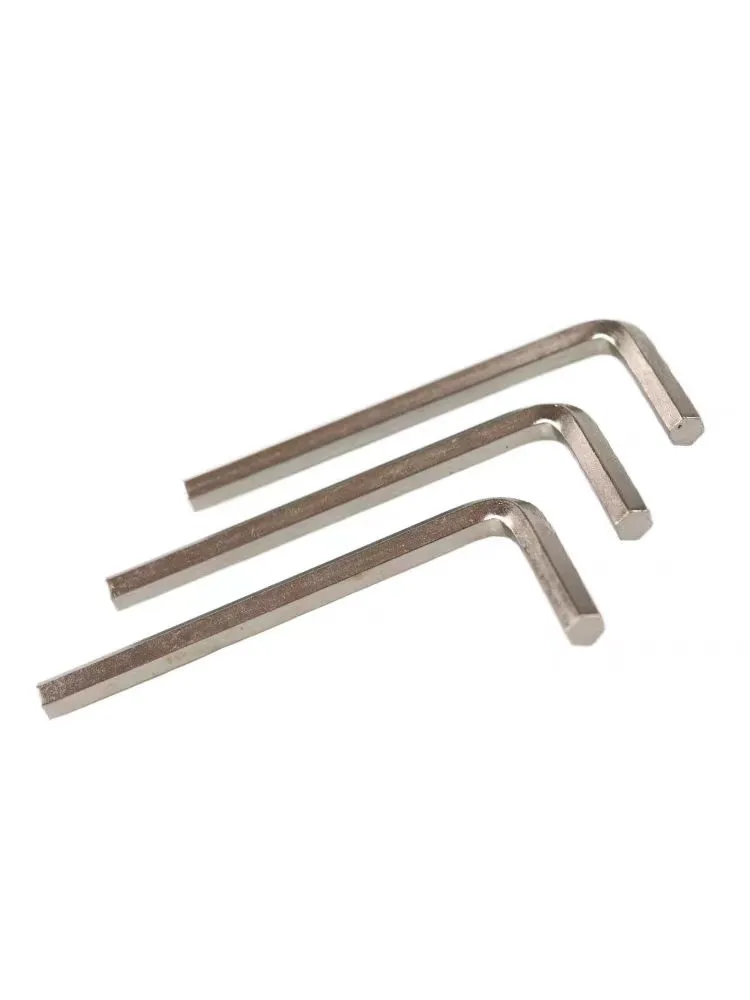

Large Self-Threading Metal Screws for Enhanced Fastening Solutions and Applications
Nov . 18, 2024 11:55 Back to list
Large Self-Threading Metal Screws for Enhanced Fastening Solutions and Applications
Understanding Large Self-Tapping Metal Screws A Comprehensive Guide
When it comes to fastening materials together, few tools are as effective as large self-tapping metal screws. These screws serve a critical role in construction, manufacturing, and various DIY projects, providing strong, durable connections without the need for pre-drilling holes. In this article, we will explore the features, benefits, applications, and best practices for using large self-tapping metal screws.
What Are Large Self-Tapping Metal Screws?
Large self-tapping metal screws are particularly designed screws that can create their own mating thread in the material they are driven into. Made typically from hardened steel, these screws feature a sharp, pointed tip and fluted threads that allow them to efficiently penetrate metal, wood, and plastic. The self-tapping nature means that they can, in many cases, eliminate the need for pre-drilling, saving time and labor costs.
Features and Benefits
1. Material Strength Large self-tapping screws are crafted from high-grade materials, often alloy steel or stainless steel, providing superior strength and corrosion resistance. This makes them ideal for outdoor constructions and high-stress applications.
2. Ease of Use One of the standout features of self-tapping screws is their user-friendliness. They can be easily driven using a power drill, allowing for quick installations, which is particularly advantageous in large projects.
3. Versatility These screws come in a variety of sizes and thread types, making them suitable for different applications. Whether it is securing metal sheets in automotive manufacturing, joining metal framing in construction, or assembling intricate machinery, there is a large self-tapping screw designed for the job.
Applications
large self tapping metal screws

Large self-tapping metal screws find applications across a wide range of industries
- Construction Used to fasten steel framing, metal roofing, and siding. - Automotive Essential in assembling structural components of vehicles. - Manufacturing Commonly used in machinery assembly, where materials are frequently joined. - Hobbyist Projects Ideal for DIY projects like building outdoor furniture or frameworks.
Best Practices for Use
To maximize the effectiveness and longevity of large self-tapping metal screws, consider the following best practices
1. Choose the Right Screw Select the appropriate size and material for your specific application. Consider factors like the thickness of the materials being joined and the environmental conditions (e.g., exposure to moisture).
2. Pre-drilling (when necessary) While self-tapping screws are designed to eliminate pre-drilling in many cases, for particularly hard materials or large screws, pre-drilling a pilot hole may enhance performance and reduce the risk of material damage.
3. Use Power Tools Wisely While power drills can significantly speed up the process, ensure you are not over-tightening the screws, as this can strip the threads or damage the material.
4. Inspect Your Work After installation, it's wise to inspect the joints and ensure that screws are secure and properly seated. Regular maintenance may be necessary for critical applications.
Conclusion
Large self-tapping metal screws are a vital component in various industries, providing a strong and efficient means of joining materials. By understanding their features, benefits, and best practices for use, you can leverage these screws to enhance your project’s efficacy and ensure long-lasting results. Whether you're a professional or a DIY enthusiast, mastering the use of large self-tapping screws can significantly elevate the quality of your work.
Latest news
-
Hot Dip Galvanized Bolts-About LongZe|High Strength, Corrosion Resistance
NewsJul.30,2025
-
High-Strength Hot Dip Galvanized Bolts - Hebei Longze | Corrosion Resistance, Customization
NewsJul.30,2025
-
Hot Dip Galvanized Bolts-Hebei Longze|Corrosion Resistance&High Strength
NewsJul.30,2025
-
High-Strength Hot-Dip Galvanized Bolts-Hebei Longze|Corrosion Resistance&High Strength
NewsJul.30,2025
-
Hot Dip Galvanized Bolts-Hebei Longze|Corrosion Resistance&High Strength
NewsJul.30,2025
-
Hot Dip Galvanized Bolts - Hebei Longze | Corrosion Resistance, High Strength
NewsJul.30,2025

